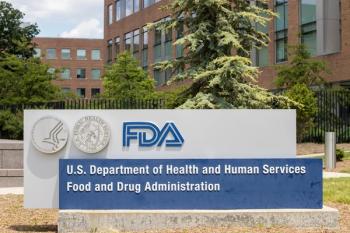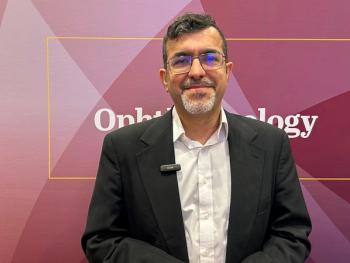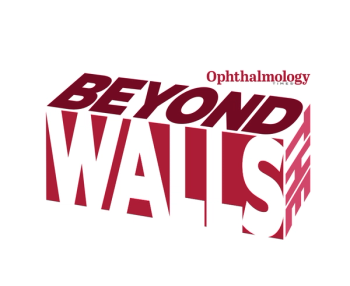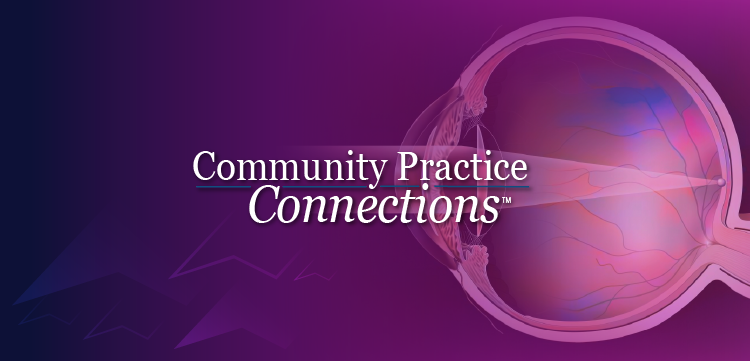
ASCRS 2023: Preservative-free latanoprost 0.005% as effective as of latanoprost preserved with benzalkonium chloride for treating POAG, OHT
Jason Bacharach, MD, presented results at the American Society of Cataract and Refractive Surgery annual meeting in San Diego, highlighting that a large phase 3 clinical trial demonstrated no relevant differences between the 2 formulations.
A phase 3 clinical trial found that the efficacy of preservative-free latanoprost 0.005% ophthalmic solution (IYUZEH, Thea Pharma Inc.) was comparable to that of latanoprost preserved with benzalkonium chloride for treating primary open-angle glaucoma (POAG) or ocular hypertension (OHT), according to Jason Bacharach, MD.
Bacharach presented the results at the American Society of Cataract and Refractive Surgery annual meeting.
This comparative study was a prospective, randomized, multicenter, observer-masked, parallel-group trial of the safety and efficacy of preservative-free latanoprost conducted at 31 sites in the US.
All 335 study patients had IOP that was controlled at 18 mmHg or lower using latanoprost monotherapy.
The patients were randomized to receive either the preservative-free formulation (165 patients) or the preserved formulation (170 patients) after a washout period of a minimum of 72 hours. The patients instilled their assigned drugs every day from day 0 to day 84 in the eye with the lower baseline IOP.
Bacharach recounted that the primary efficacy endpoint was the between-group comparison of the mean IOP values at each time point on days 15, 42, and 84.
Comparisons of the 2 drugs
The results showed that both formulations “adequately controlled the IOP with a 95% confidence interval within 1.5 mmHg in the study eye for all time points assessed.”
In the preservative-free group and the preserved group, respectively, the percentages of patients with a diurnal IOP of 18 mmHg or lower on day 84 were 73.1% and 78.7%, he reported.
The adverse events, he pointed out, were generally mild to moderate and primarily ocular in nature.
There were fewer ocular treatment-emergent adverse events in the preservative-free group compared with the preserved formulation (13.9% vs 21.9% respectively), and fewer treatment-related ocular adverse events (5.5% vs 11.8% respectively). Pain at the instillation site and conjunctival hyperemia were the most frequently occurring adverse events.
“This large phase 3 clinical trial demonstrated no relevant differences between the 2 formulations in maintaining IOP at or below the clinical meaningful values in patients with POAG or OHT,” Bacharach concluded. “Furthermore, the preservative-free drug showed a favorable safety profile compared to the preserved drug with numerically lower ocular and treatment-related adverse events.”
Newsletter
Don’t miss out—get Ophthalmology Times updates on the latest clinical advancements and expert interviews, straight to your inbox.



















































.png)


